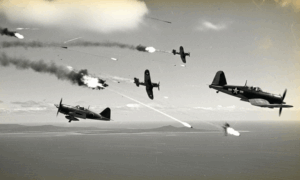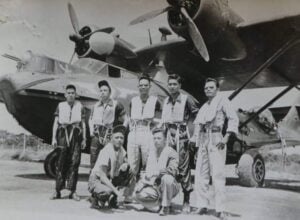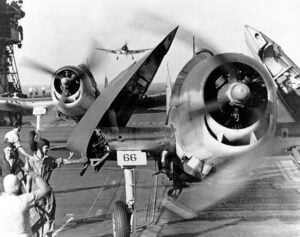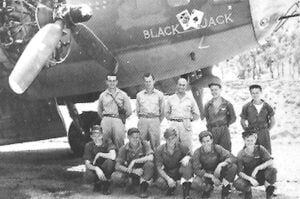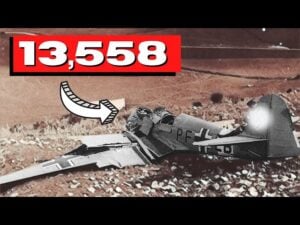How The USS Bunker Hill Survived 2 Kamikaze Attacks
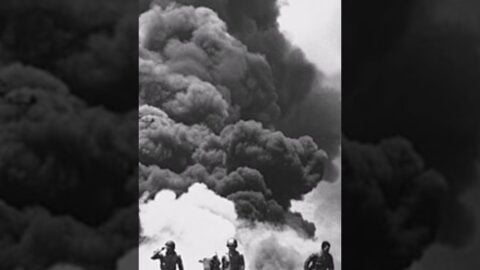
YouTube/@bobgriffin7504
A Story of Survival
On the morning of May 11, 1945, the aircraft carrier USS Bunker Hill was operating about 70 miles off the coast of Okinawa. Her flight deck was packed with aircraft, ready for another day of combat operations. But just after 10 a.m., disaster struck from above.
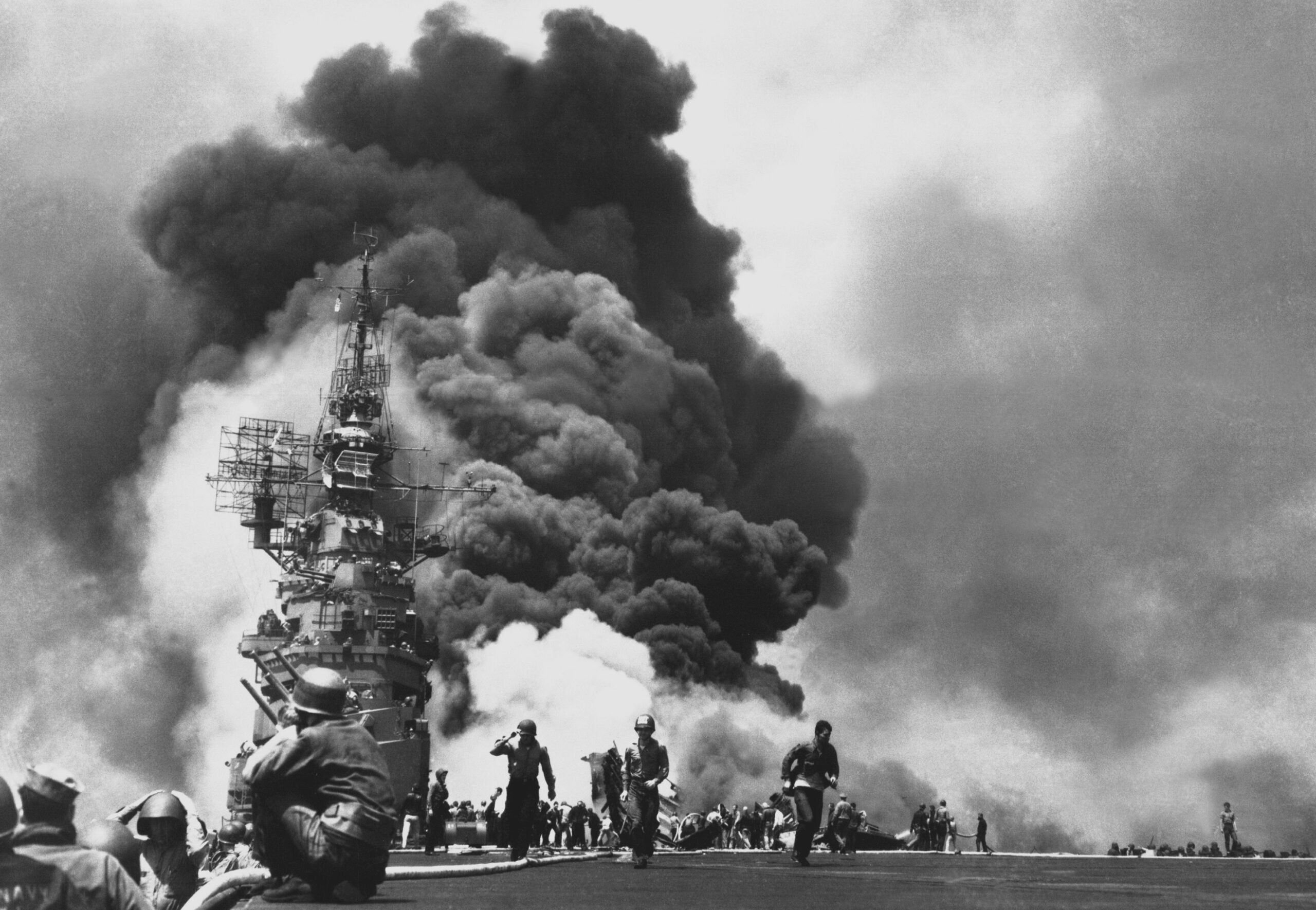
Out of the clouds came a Japanese kamikaze, diving straight into the ship’s flight deck. Within seconds, a second kamikaze followed—this one dropping a bomb just before slamming into the carrier. The impact of both suicide attacks was devastating. Fires erupted instantly. Aircraft loaded with fuel and ordnance exploded. The deck became an inferno.
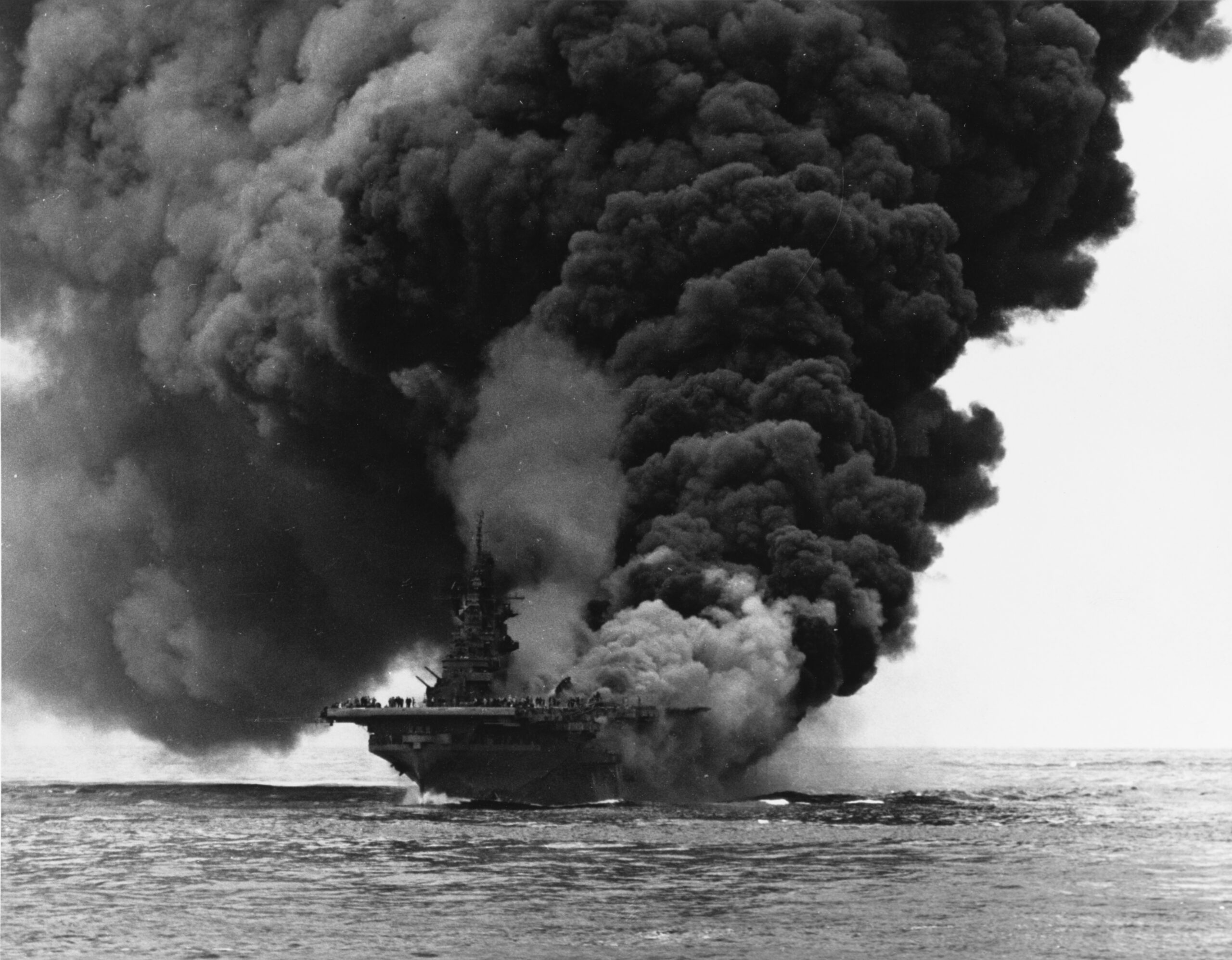
Some sailors were blown overboard in the chaos, never to be seen again.
Fighting to Save the Ship
Through smoke, flames, and the constant threat of more attacks, the crew of the Bunker Hill fought back. They battled fires for hours, racing to save the ship and their shipmates. All around them, chaos reigned—explosions rocked the decks, twisted steel rained down, and the air filled with smoke and screams.
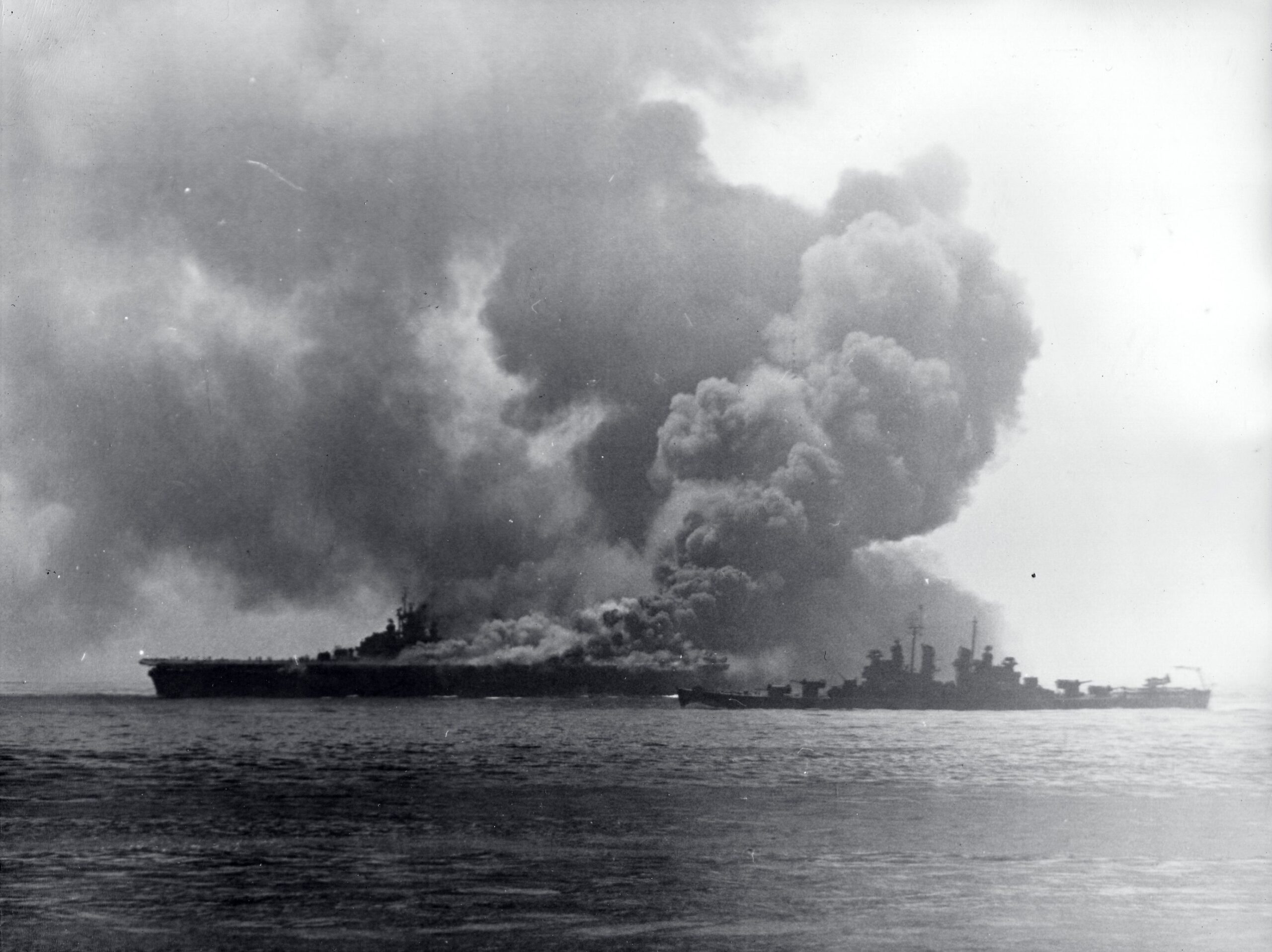
But they held on.
By evening, the fires were finally under control. USS Bunker Hill, though battered and burned, stayed afloat. She limped away from Okinawa, bound for Pearl Harbor—a silent testament to the grit and determination of her crew.
The Cost of Courage
The price of survival was steep. 396 men lost their lives, and 264 more were wounded in one of the most devastating kamikaze attacks of the war. But through it all, the Bunker Hill refused to sink.
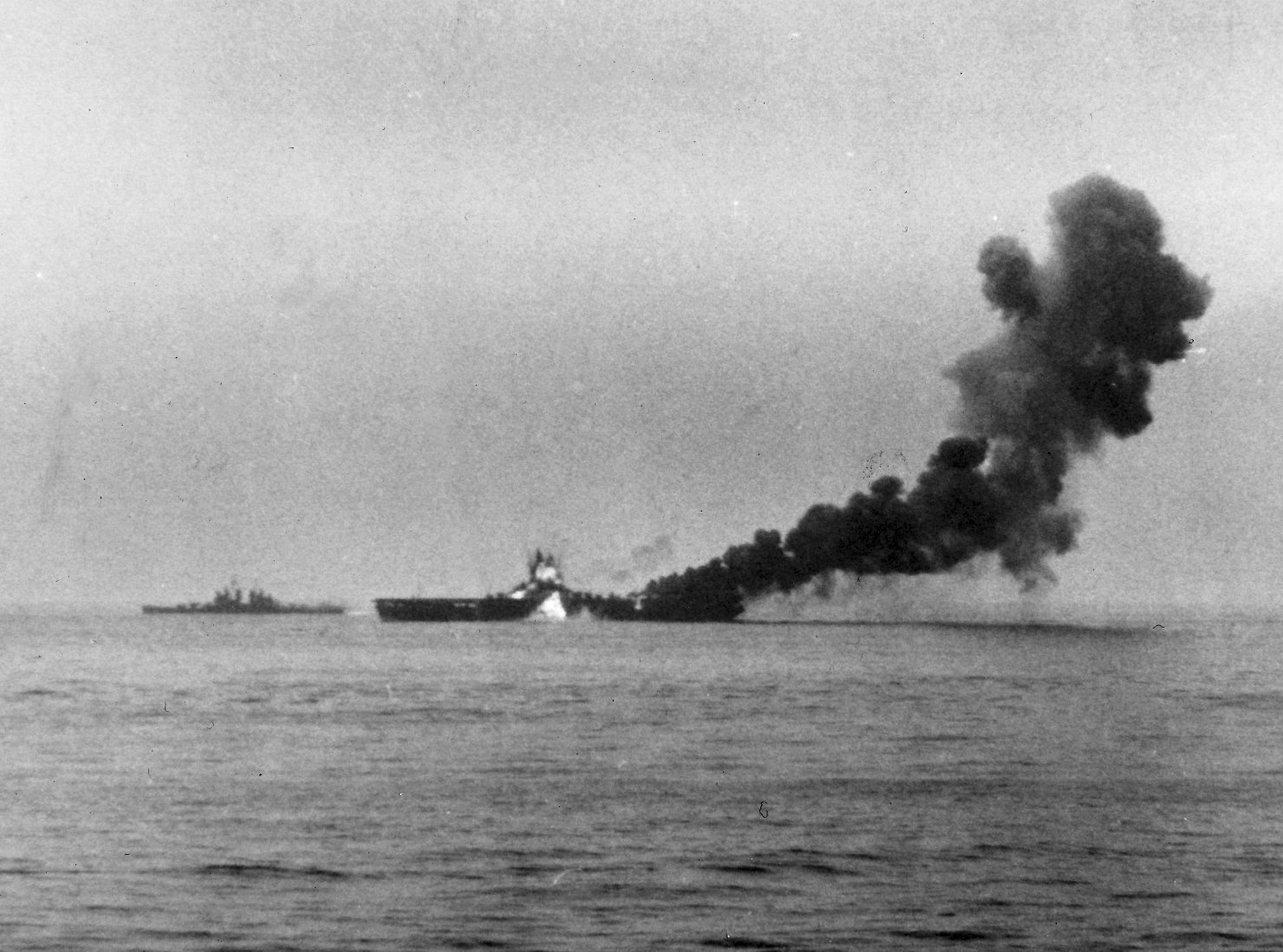
The ship would survive—and so would the legacy of the brave men aboard her that day.














